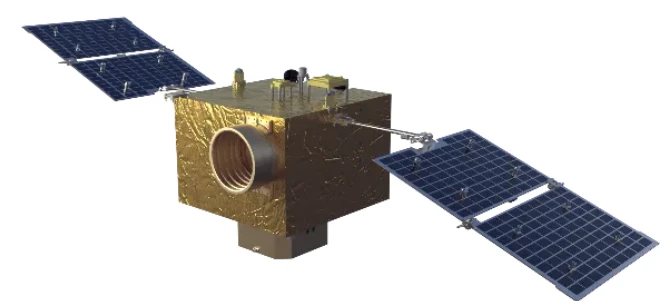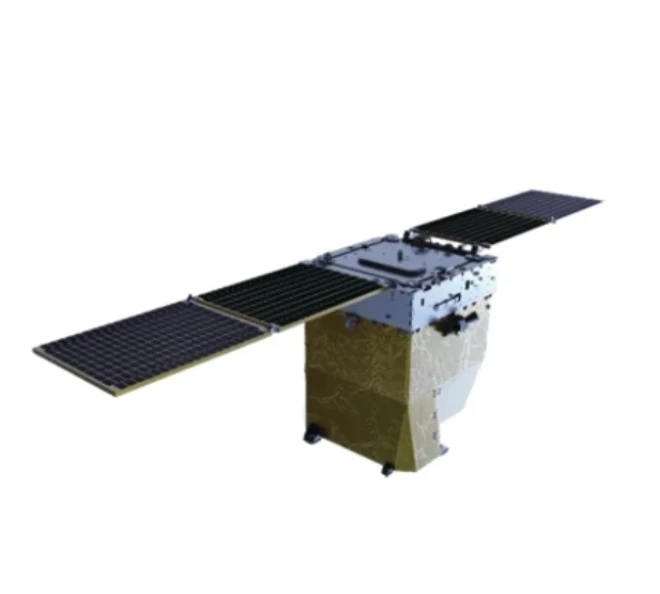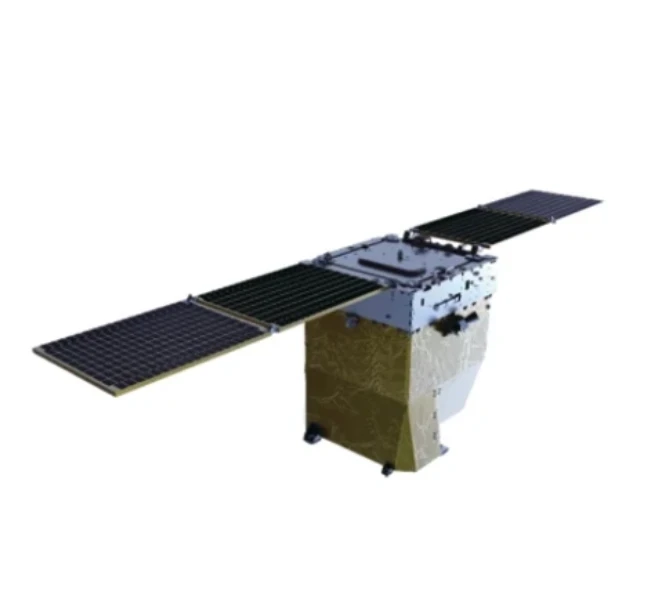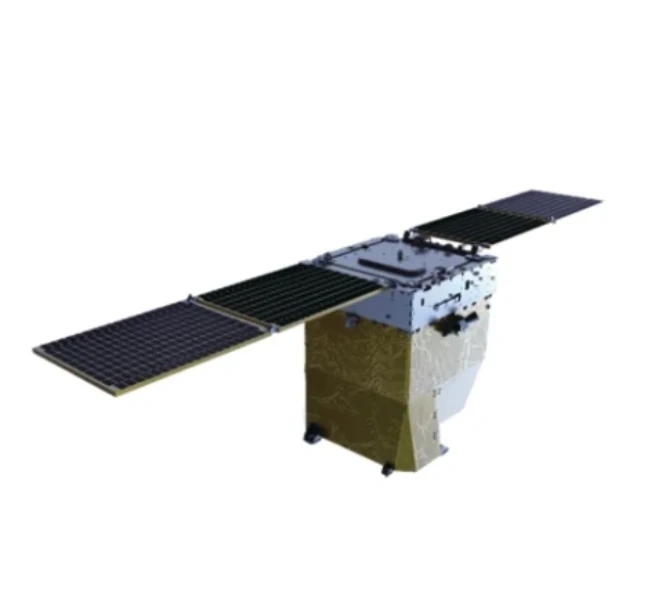
- Afrika
- Albania
- Amharic
- Arabic
- Armenian
- Azerbaijani
- Basque
- Belarusian
- Bengali
- Asụsụ Bosnia
- Bulgarian
- Catalan
- Cebuano
- China
- Corsican
- Asụsụ Croatia
- Czech
- Danish
- Dutch
- Bekee
- Esperanto
- Estonia
- Asụsụ Finnish
- French
- Onye Frisian
- Onye Galisi
- Asụsụ Georgian
- German
- Grik
- Gujarati
- Haitian Creole
- Hausa
- Hawaian
- Hibru
- Mba
- Miao
- Asụsụ Hungarian
- Aislandi
- igbo
- Asụsụ Indonesian
- Irish
- Ịtali
- Japanese
- Asụsụ Javanị
- Kannada
- kazakh
- Khmer
- Onye Rwandan
- Korean
- Kurdish
- Kyrgyz
- Ịrụ ọrụ
- Latịn
- Latvia
- Lithuania
- Luxembourgish
- Masedonia
- Malagasy
- Malay
- Malayalam
- Malta
- Maori
- Marathi
- Mongolian
- Myanmar
- Nepali
- Norwegian
- Norwegian
- Occitan
- Pashto
- Asụsụ Persia
- Polish
- Portuguese
- Punjabi
- Romanian
- Russian
- Samoan
- Scottish Gaelic
- Asụsụ Serbian
- Bekee
- Shona
- Sindhi
- Sinhala
- Slovak
- Slovenian
- Somali
- Spanish
- Asụsụ Sudan
- Swahili
- Swedish
- Tagalog
- Tajik
- Tamil
- Tatar
- Telugu
- Thai
- Turkish
- Turkmen
- onye Ukraine
- Urdu
- Uighur
- Uzbek
- Vietnamese
- Welsh
- Enyemaka
- Yiddish
- Yoruba
- Zulu
Shaping the Future of Space Exploration with Advanced Satellite Platforms
The space industry has entered a golden age, driven by the rising demand for communications, Earth observation, and scientific research. At the heart of these missions lies a critical component—the satellite ikpo okwu. Whether supporting large-scale space operations or enabling compact, cost-effective missions, the satellite ikpo okwu serves as the essential framework that ensures mission success. As technology advances, options like the cubesat bus, platform satellite, and innovations in satellite bus structure continue to redefine the capabilities and possibilities of space exploration.
The Essential Role of Satellite Platform in Modern Space Missions
The satellite ikpo okwu forms the backbone of any satellite, housing essential systems such as power, propulsion, thermal control, and communication subsystems. A well-designed satellite ikpo okwu ensures that all mission payloads operate effectively while withstanding the harsh environment of space. Modern advancements in satellite ikpo okwu technology have dramatically improved satellite performance, lifespan, and reliability, opening new opportunities across a range of sectors from commercial telecommunications to national defense.
The Rise and Benefits of the Cubesat Bus in Small Satellite Deployments
In recent years, the cubesat bus has revolutionized satellite design, offering a standardized, modular approach to building small satellites. With dimensions typically measured in units (1U, 3U, 6U, etc.), the cubesat bus provides an efficient and affordable solution for universities, research institutions, and commercial operators. The simplicity and flexibility of the cubesat bus allow for faster development cycles, lower launch costs, and easier integration of diverse payloads, making space more accessible than ever before.
How the Platform Satellite is Transforming Space Missions
A platform satellite offers a flexible, scalable solution for hosting a wide range of payloads and mission objectives. Unlike dedicated mission-specific satellites, the platform satellite concept allows multiple payloads to share common bus systems, reducing cost and maximizing resource utilization. This approach not only benefits commercial operators seeking to maximize return on investment but also enables collaborative missions where different organizations share satellite infrastructure, fostering greater innovation and international cooperation.
Understanding the Satellite Bus Structure: Core to Mission Success
The satellite bus structure is more than just a support frame—it is the fundamental architectural design that ensures all satellite subsystems operate cohesively. The satellite bus structure must balance weight, durability, and functionality, all while protecting sensitive equipment from the extreme temperatures and radiation of space. Innovations in materials science, such as lightweight composites and radiation-hardened components, have greatly enhanced the efficiency and resilience of the satellite bus structure, enabling more ambitious and long-lasting space missions.
Platform satellite FAQs
What is the main function of a satellite platform?
The satellite ikpo okwu provides the essential systems that support the mission payload, including power generation, thermal control, communications, and propulsion. It acts as the operational backbone, ensuring that the satellite can perform its mission effectively in space.
Why has the cubesat bus become so popular in recent years?
The cubesat bus has gained popularity due to its standardized, modular design, which significantly reduces development time and costs. Its compact size and flexibility make it ideal for a wide range of missions, from educational projects to commercial satellite constellations.
How does a platform satellite improve cost efficiency for operators?
A platform satellite improves cost efficiency by allowing multiple payloads to share the same spacecraft infrastructure. This shared use of systems like propulsion and power means lower development and launch costs, making space missions more economically viable for a broader range of organizations.
What are the key design considerations for a satellite bus structure?
When designing a satellite bus structure, engineers must prioritize factors such as weight minimization, structural integrity, thermal management, and radiation protection. A robust satellite bus structure ensures the satellite’s components operate safely and reliably throughout the mission duration.
How do advancements in satellite bus structure impact mission capabilities?
Advancements in satellite bus structure technology lead to lighter, more durable, and more efficient satellites. This results in enhanced mission capabilities such as longer operational life, greater payload capacity, improved maneuverability, and better resistance to the harsh conditions of space.











